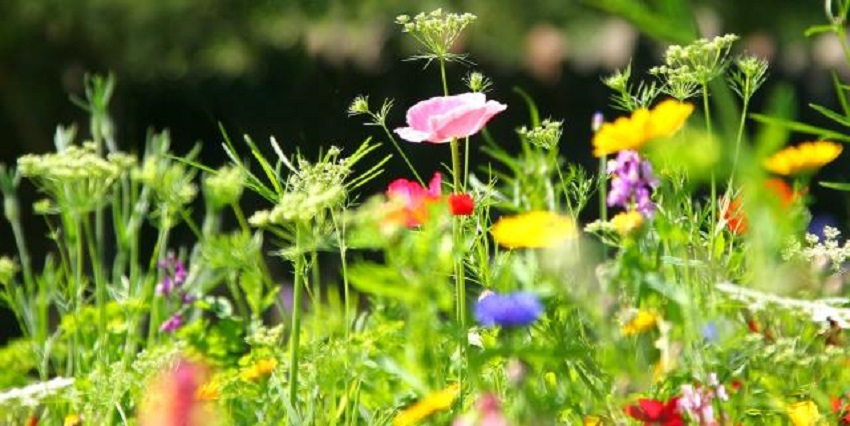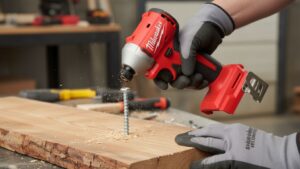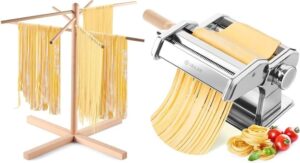A Symphony of Color: Creating Your Own Wildflower Garden

Wildflower gardens are havens for pollinators, bursts of vibrant color, and a celebration of nature’s untamed beauty. If you’re yearning to transform a patch of land into a wildflower sanctuary, this guide will lead you through the process, ensuring a successful and breathtaking bloom.
1. Choosing the Perfect Canvas:
- Sunlight: Most wildflowers thrive in full sun, soaking up at least six hours of direct sunlight each day.
- Soil: While some wildflowers are adaptable, understanding your soil type is crucial. Test the soil to determine its pH and composition. Many wildflowers prefer well-draining soil.
- Size and Shape: Consider the available space and envision the garden’s shape. A wildflower garden can be a small, intimate corner or a sprawling meadow.
2. Preparing the Soil:
- Clearing the Slate: Remove existing vegetation, weeds, rocks, and debris from the area.
- Amending the Soil: Depending on your soil test results, you might need to amend the soil with compost, organic matter, or sand to improve drainage and fertility.
- Breaking the Ground: Till or loosen the soil to a depth of about 6-8 inches to create a welcoming bed for the seeds.
3. Selecting Your Wildflower Mix:
- Native vs. Non-Native: Opting for native wildflowers is a sustainable choice, as they’re adapted to your local climate and soil conditions. They also support native pollinators and wildlife.
- Annuals vs. Perennials: Annual wildflowers bloom for one season, providing an initial burst of color. Perennials return year after year, gradually filling out the garden. Consider a mix of both for continuous flowering.
- Color Palette and Height: Choose a mix that suits your aesthetic preferences, from a riot of colors to a more harmonious palette. Consider the mature height of the wildflowers to ensure they complement each other.
4. Sowing the Seeds:
- Timing: The ideal time to sow wildflower seeds depends on your climate. Generally, spring or fall are recommended. Check the seed packet for specific instructions.
- Seed Preparation: Some seeds may require a period of cold stratification (exposure to cold temperatures) before sowing. This mimics the natural winter conditions they would experience in the wild.
- Sowing Techniques:
- Broadcast Seeding: Scatter the seeds evenly over the prepared soil.
- Seed Drills: Create shallow rows and sow the seeds in them.
- Hydro Seeding: A method of mixing seeds with water and spraying them onto the soil. This is often used for larger areas.
5. Nurturing Your Wildflower Garden:
- Watering: Keep the soil consistently moist, especially during the germination period. Once established, wildflowers are generally drought-tolerant.
- Weeding: Weeds can quickly overtake a wildflower garden. Regular weeding is essential, especially during the first year.
- Mulching: A layer of mulch (such as wood chips or shredded leaves) helps suppress weeds, retain moisture, and regulate soil temperature.
6. Enjoying the Rewards:
As your wildflower garden flourishes, it will attract a diverse array of pollinators, including bees, butterflies, and hummingbirds. The vibrant colors and gentle swaying of the wildflowers will create a captivating scene. Be sure to spend time observing and appreciating the intricate beauty of your wildflower haven.
Additional Tips:
- Research: Learn about the specific wildflowers in your mix. Some may bloom earlier than others, creating a staggered display of color.
- Patience: Wildflower gardens can take time to establish. Be patient and enjoy the process of watching your garden evolve.
- Experiment: Don’t be afraid to experiment with different wildflower mixes and planting techniques.
- Wildlife: Consider adding features like a water source or rocks to attract and provide shelter for beneficial insects and wildlife.
Maintaining Your Wildflower Garden:
- Deadheading: Removing spent flowers can encourage additional blooms in some wildflower species.
- Cutting Back: In late fall or early spring, cut back the dead foliage to make way for new growth.
- Reseeding: Some wildflowers will self-seed, ensuring the garden’s continuation. However, you might want to supplement with additional seeds periodically.
Conclusion:
Creating a wildflower garden is a rewarding endeavor that connects you with nature and contributes to the well-being of pollinators. By following these steps and embracing the wildness of your garden, you’ll be rewarded with a symphony of color and life. So, let the wildflowers bloom and let your garden become a haven for both flora and fauna.







